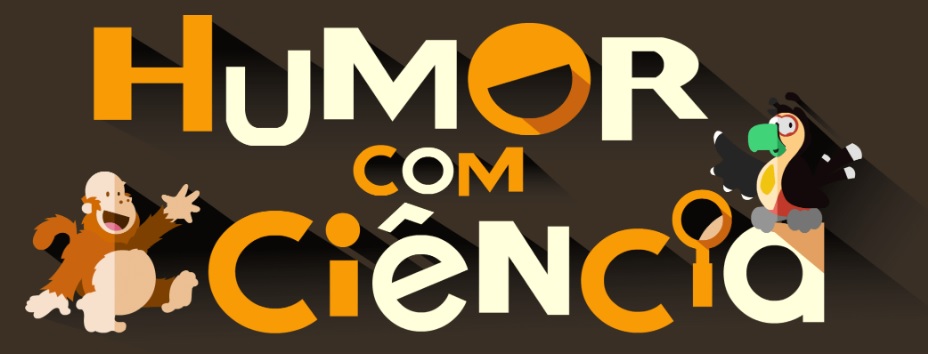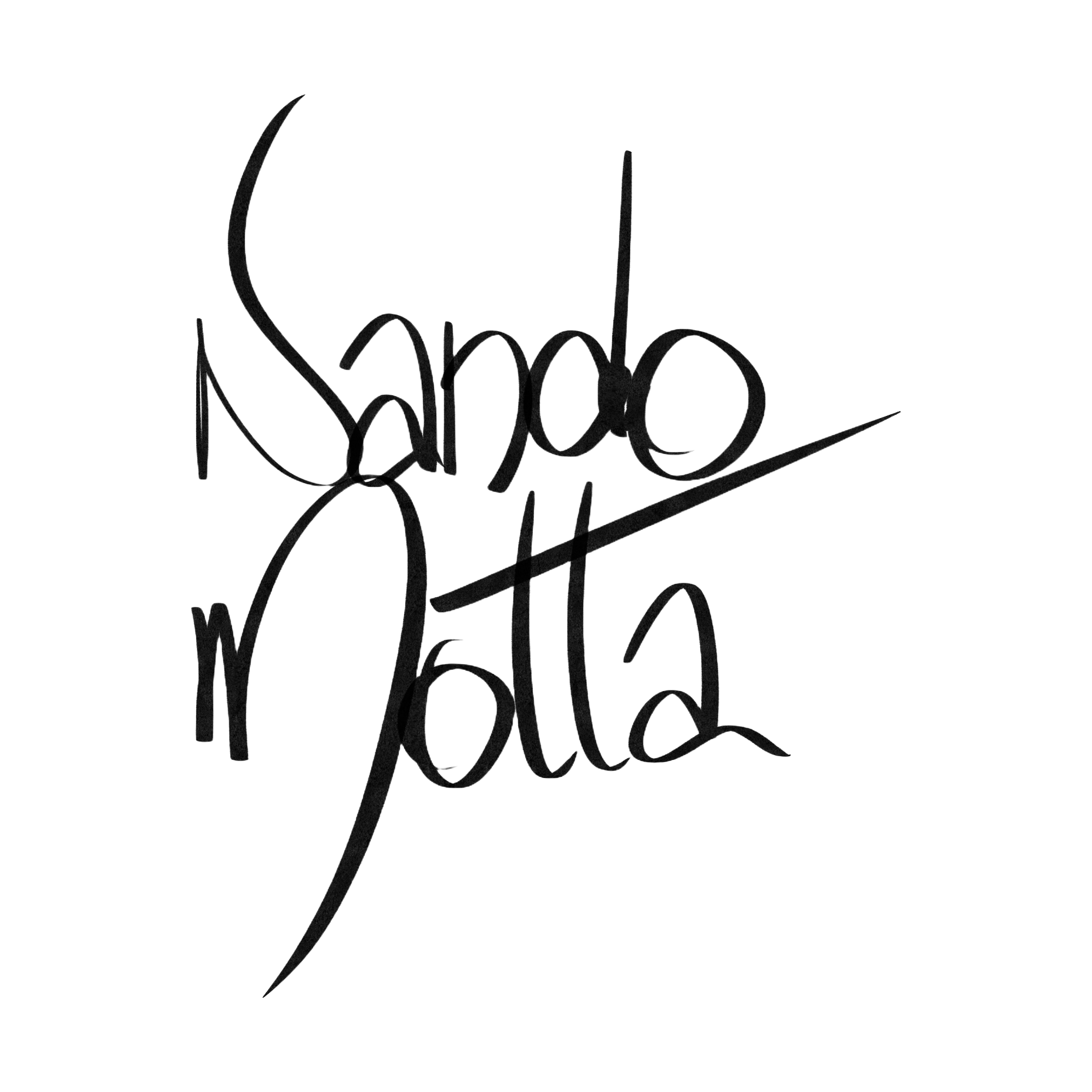
alb3648779
Portrait of Galileo Galilei. Artist: Francesco Villamena (Italian, Assisi ca. 1565-1624 Rome). Dimensions: Plate: 8 x 6 1/8 in. (20.3 x 15.5 cm)Sheet (inlaid): 8 3/8 x 6 5/16 in. (21.2 x 16 cm). Sitter: Portrait of Galileo Galilei (Italian, Pisa 1564-1642 Arcetri outside Florence). Date: 1613. Museum: Metropolitan Museum of Art, New York, USA. Author: Francesco Villamena.
DC






























































































































































